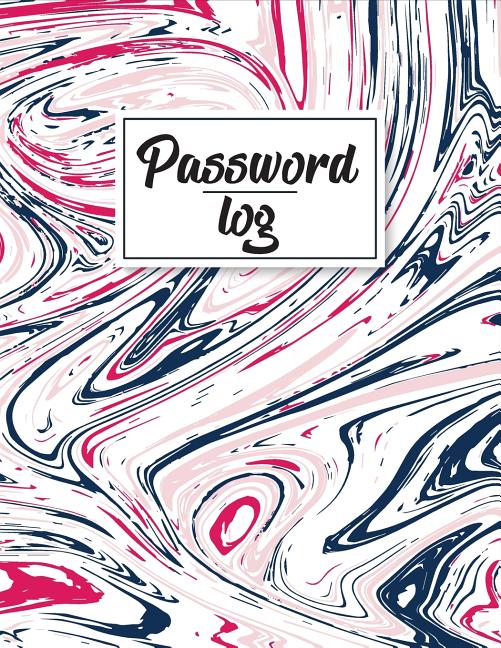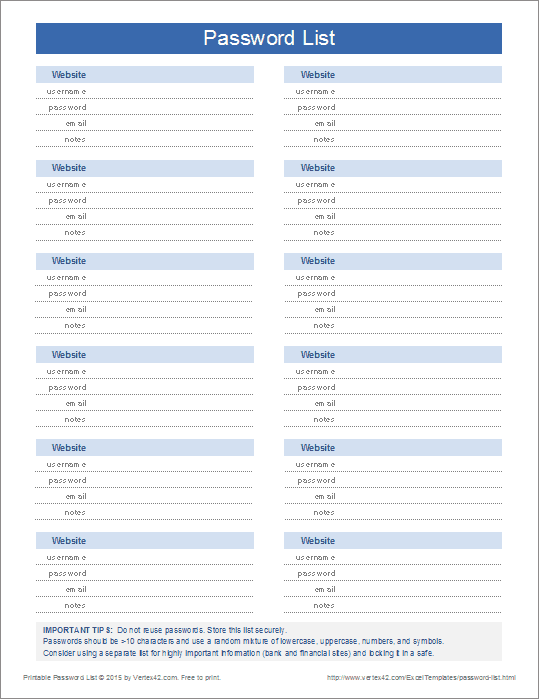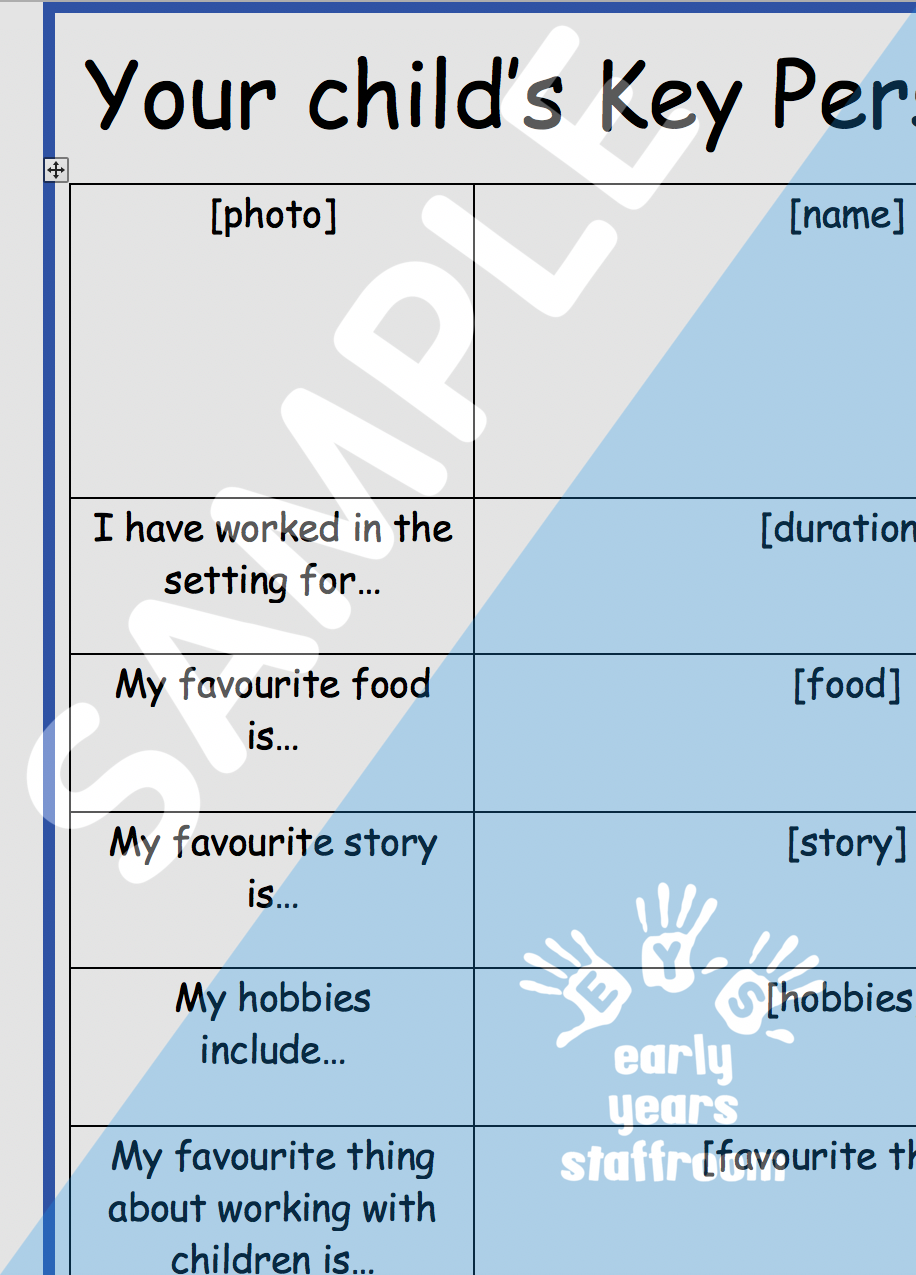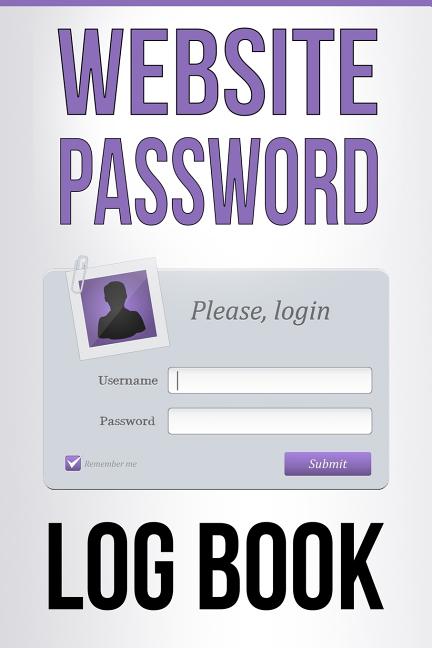

Everything from 2FA, to regional login lockouts are yours for the taking. They are great for creating increasingly complex passwords all gated behind a variety of secure login methods. Software-based password managers are excellent tools for dealing with both problems, which is why they are so widely recommended. The two pillars of bad password practices are reuse, and poor password selection. Folks who feel a lack of control at placing all their password eggs in one (digital) basket.Those with accessibility or cognitive issues.

People who are simply unfamiliar or uncomfortable with computers.On the other hand, there’s many people out there who the books will be a perfect fit for: There’s far better ways for those individuals to secure their digital demands, in ways that scale up to the likely threats they face. Well, it could definitely be sub-optimal for someone working with sensitive data. What tends to happen when we see the infamous password book on display, is we apply a one-size-fits-all approach and dismiss it as silly or bad practice. It will differ from place to place, and that’s fine. It may or may not be the single most important threat your organisation faces…or it might be mid-tier. That’s an aspect of your threat model you know your business is up against, you know what they’re after, and you’ve put solutions in place to ward it off. You may not need to worry about nation state attacks, but you’ll almost certainly have something in place for the 600 th fake tax return invoice landing in your mailbox. My personal security concerns are based around what’s important to me, what I want to secure, which bits I’m not bothered about, and what is absolutely mission critical at all costs.

You’ll never see it, and you almost certainly won’t receive messages from Google about it. It’s targeting a dozen or so individuals worldwide. That clever spearphishing attack targeting a dozen or so individuals worldwide? But, like most people, you can probably go on as if nothing has happened. When you see the latest sophisticated nation state attack in the news, it's bad. We don’t all face the same risks, and we don't all need to take the same precautions as a result. The best description I’ve seen of what threat modelling consists of, is in an article by Katie Nickels who says it’s “the process of figuring out what you have that adversaries care about”. If you're hoping for a brief run down of what a threat model is, then great news.that's exactly what we're going to do. One important aspect of whether these books should be used at all is something called a threat model. The most recent bi-annual flurry of excitement was kicked off by BBC technology reporter Zoe Kleinman: It’s a passionate debate, and one which comes back to life every 6 months or so. Some allow owners to group logins by category, or add additional notes as they see fit.įor various reasons, you’ll usually see them being rubbished on social media as the worst thing around for password management. These are, as you may expect, physical books which are little more than empty notepads with “Internet password book” written on the front. There’s one password management tool which experiences more than its fair share of derision-the oft-maligned Internet password book. Today, we're here to talk about perhaps the most controversial method of password storage though. That’s before we get to the notepad on desktop aficionados, or the time-honoured tradition of the Post-It note on the office monitor. Others involve syncing passwords with services such as Dropbox. Some include online syncing alongside web browser extensions. The primary recommendation online is usually a software-based management tool.

There’s a wealth of password management options available, some more desirable than others. Passwords are a hot topic on social media at the moment, due to the re-emergence of a discussion about good password management practices.


 0 kommentar(er)
0 kommentar(er)
